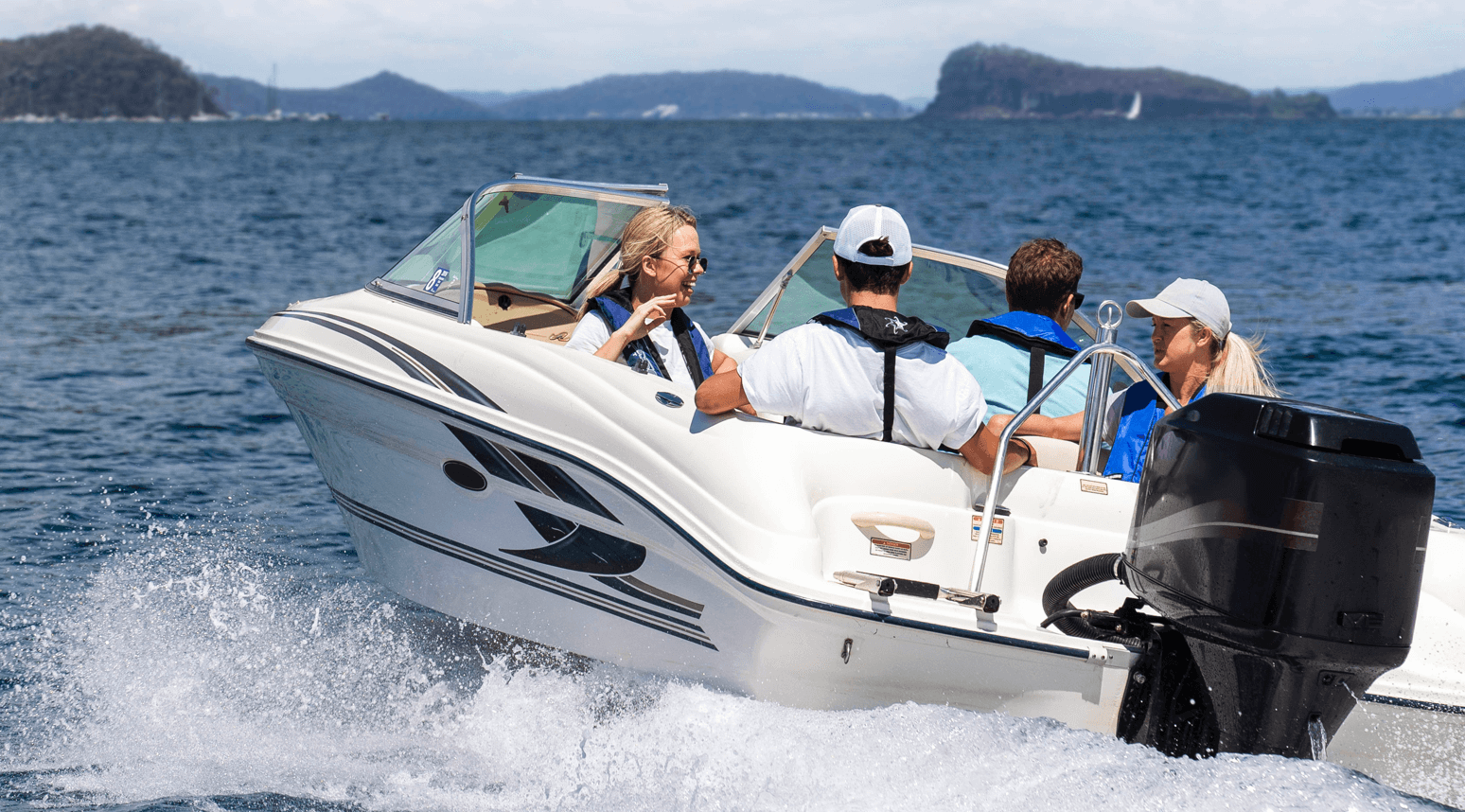Judging a safe speed
A safe speed depends on many variables. These include the conditions, time of day, type of vessel, and your experience driving it. As the skipper, a safe speed is something you must constantly judge and adjust as you travel.
When judging your vessel's speed, you must always consider these circumstances and conditions:
- visibility – for example, rain, fog, mist, smoke or glare
- other vessels – on busy waterways and near moored or anchored vessels, commercial vessels displaying special signals, and large vessels that are restricted in their manoeuvrability
- manoeuvrability of your vessel – in particular the distance it takes to stop or turn. Your manoeuvrability is affected by your speed, the wind and current, and the vessel's design.
- at night (between sunset and sunrise) – potential hazards may not be lit or easily seen. Background lights on the shore – or even lights on your own vessel – can make it hard to see other vessels.
- navigation hazards – such as unmarked or unlit hazards, and signs, buoys, marks or lights that have moved or been damaged
- shallow water – water depth can vary and change frequently.
In these circumstances or conditions you may need to slow down to travel at a safe speed.
If you drive at a speed that's not safe for the conditions, your licence can be cancelled and your vessel can be taken away.
Speed limits
Some areas do have speed limits. Where there's a speed sign, you must not travel faster than the speed shown on the sign.
Even when there's a speed limit, you must travel at a safe speed at all times. This may mean going slower than the speed limit.
Speed limits are in knots, in the direction shown by arrows on the sign. They are usually 4 or 8 knots, but can also be 6, 10 or 15 knots.
Tips to stay safe:
- If you can’t stop in time to avoid collision, you’re going too fast
- Always drive under the sign posted speed limit, because speed limits are put in place to keep everyone safe on the water
- Always drive to the conditions and slow down in wet weather, at night or when visibility is poor; also slow down if there are lots of boats about or people in the water
- Keep a safe distance at all times from the shore, structures, other craft and people in the water
- Consider your boat’s handling at speed, especially in waves or chop and slow down or adjust your course for a safe and comfortable ride.
More information on safe speeds can be found in the Boating Handbook.
